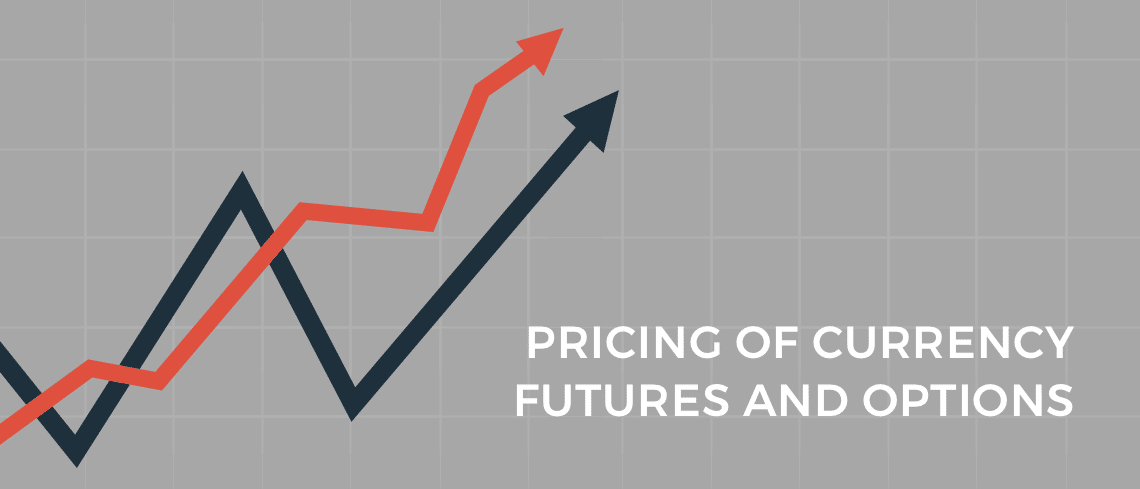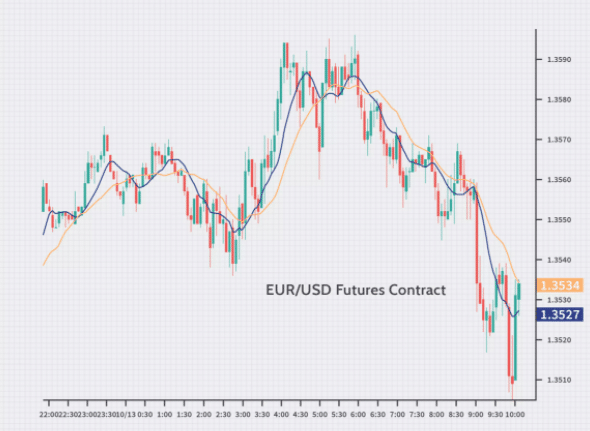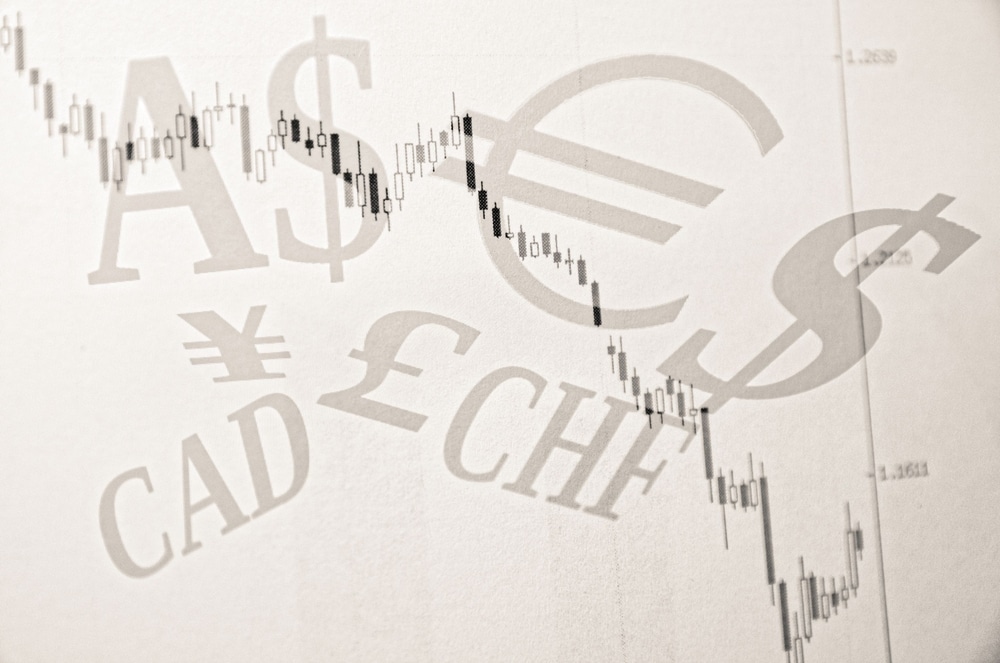Unknown to most people, there is a forex market with a daily turnover of more than $6 trillion and a currency futures market with a $100 billion daily turnover. Both markets allow people to speculate on fiat currency prices.

While a subset of the forex market, the currency futures market plays an important role in the capital markets. Besides offering a marketplace for speculating on currency pairs prices, the market provides an ideal place to hedge against foreign exchange swings. The marketplace is also home to futures contracts, some of the most traded financial instruments in the capital markets.
The basics
Currency futures are a special type of contract that allows people to exchange a currency for another at an agreed price and time in the future. However, the contracts don’t have any obligation to buy and sell prior to the delivery date.
The contracts are standardized and traded in exchanges. The fact that they are traded in exchanges requires people to have sufficient capital in their accounts to cater for margin calls and losses that might come into play as prices fluctuate.
Specifications
It is a requirement for brokers to list currency futures contracts, adequately providing all the necessary information to make informed decisions. In this case, the brokers must specify the size of each contract. The minimum price increment must also be well articulated with its corresponding tick value.

For instance, if the minimum price increment of a contract is .0001 and the corresponding tick value is $12.50, it means that each time the price fluctuates by 0.0001, one stands to make a loss or a gain of $12.50 depending on trade placed.
The specification makes it easy for people to determine position sizing and the amount of money they need to deposit to trade. The specifications also simplify the process of determining the amount of profit or loss one is likely to make depending on price fluctuation.
Contract types
Broker’s offer a variety of currency futures contracts that people trade and try to profit from as prices fluctuate. While the most popular contracts come pegged on currency pairs such as EUR/USD or USD/JPY, some contracts exist in the form of E-micro traded at one-tenth of normal contracts.

Likewise, it is possible to trade currency futures pegged on emerging currencies such as the Polish zloty and Russian ruble.
The difference between the contracts comes down to the amount of liquidity on offer. With major currency pairs such as the EUR/USD, trading volume is usually high to a tune of more than 400,000 contracts traded daily. The higher the trading volume, the higher the price fluctuation that comes into play, making it possible to profit from price fluctuation.
The most traded currency futures contracts are those featuring G10 currencies. Likewise, E-Mini and E-Micro contracts also elicit strong demand in the market, thus high liquidity.
Settlement procedure
The lack of obligation to buy or sell is one reason why most contracts in the market are closed before expiry. In this case, contract holders don’t deliver the physical currency as agreed, opting to pay the difference in prices between when one entered the contract and when closing.
In most cases, people offset their contracts before expiry by taking the opposite position. Similarly, whenever the opposite position is closed before expiry, a profit or loss gets deposited in the account depending on the contract value.
Some people hold the contracts to expiry upon which it is cash-settled. In some cases, it is physically delivered depending on the exchange in play. However, very few contracts are ever settled via physical delivery as the same occurs only four times a year.
The price fluctuations that take place give rise to daily losses or gains reflected in people’s accounts daily. The loss or gain is usually the difference between the entry price and the prevailing market price multiplied by the contract unit.

Consider a Euro FX futures contract triggered at $1.20. Should the price rise to $1.21, any person who bought it in anticipation of a price surge would end up making $1,250, given that each Euro contract gain is worth 125,000.
In case the price drops to $1.19, then the contract value would have depreciated by $0.1 in case of a long position; the net loss in the trading account will be -$1,250.
Regulations
The Commodity Futures Trading Commission and The National Futures Association regulate everything in the futures market. Likewise, brokers offering these financial instruments must adhere to laid-out requirements.
While brokers offer such instruments, they are traded on exchange’s which come with strict regulations about pricing and clearing. Regardless of the broker offering such contracts, their prices are always the same.
Brokers must ensure people have sufficient capital to cater to margin costs and losses that might come into play. Different brokers come with different requirements on the amount of money that one must have to trade currency futures.
In most cases, one must deposit a small amount, on which leverage of as much as 1:400 is applied to bolster its purchasing power. With margin, it becomes pretty easy to buy contracts that would be expensive to purchase without leverage. Likewise, margins make it possible to generate significant gains depending on the price fluctuations that take place.
Conclusion
The foreign exchange market is robust, coming with an array of instruments that people trade and profit from as prices fluctuate. In addition to forex, currency futures offer a way of gaining exposure to the vast market in a unique way.
Unlike forex trading, currency futures are contracts for exchanging one currency at a fixed exchange rate. The exchange takes place on a set date in the future. The contracts are standardized offered by brokers and traded in exchanges. These unique financial instruments are mostly used for hedging against exchange rate fluctuations and speculative purposes.
